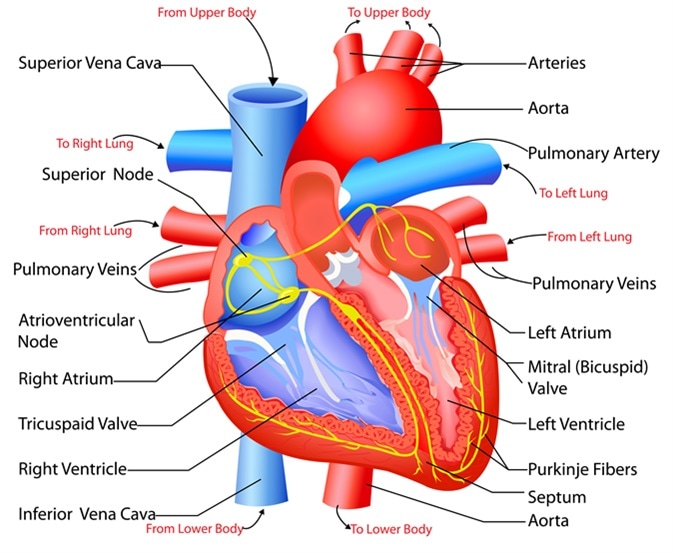The activity was reading a book called Diary of a Wild Boy. After reading it, we got together in a group chosen by the teacher to talk about it. We discussed how the character Brando faced different challenges in the story. Brando had many hard things to deal with, like learning to take care of himself and make friends. We also discussed what he did when things were tough and how he solved his problems. The learning intentions were to understand the story better and learn how to share our ideas as a group. The most challenging part of this activity was trying to figure out why Brandon acted the way he did. It was hard because everyone had different ideas. We solved this problem by listening to each other and taking turns to speak. I’ve learned how to work as a group and take turns to speak and listen to each other’s ideas. Yes, I achieved the learning objectives because I understood the story more, and I was able to share my ideas with my group. I learned that my skills in language learning can grow when I talk with others and share what I think. I did make some mistakes while talking, like saying something quite not right or forgetting some words. But that’s okay because I can learn from those mistakes. Next time, I will practice what I want to say beforehand. What I’ve learned from this activity can help me in many life situations. In my relationships, I can listen to my friends better and understand their feelings, just like we did in the group.


